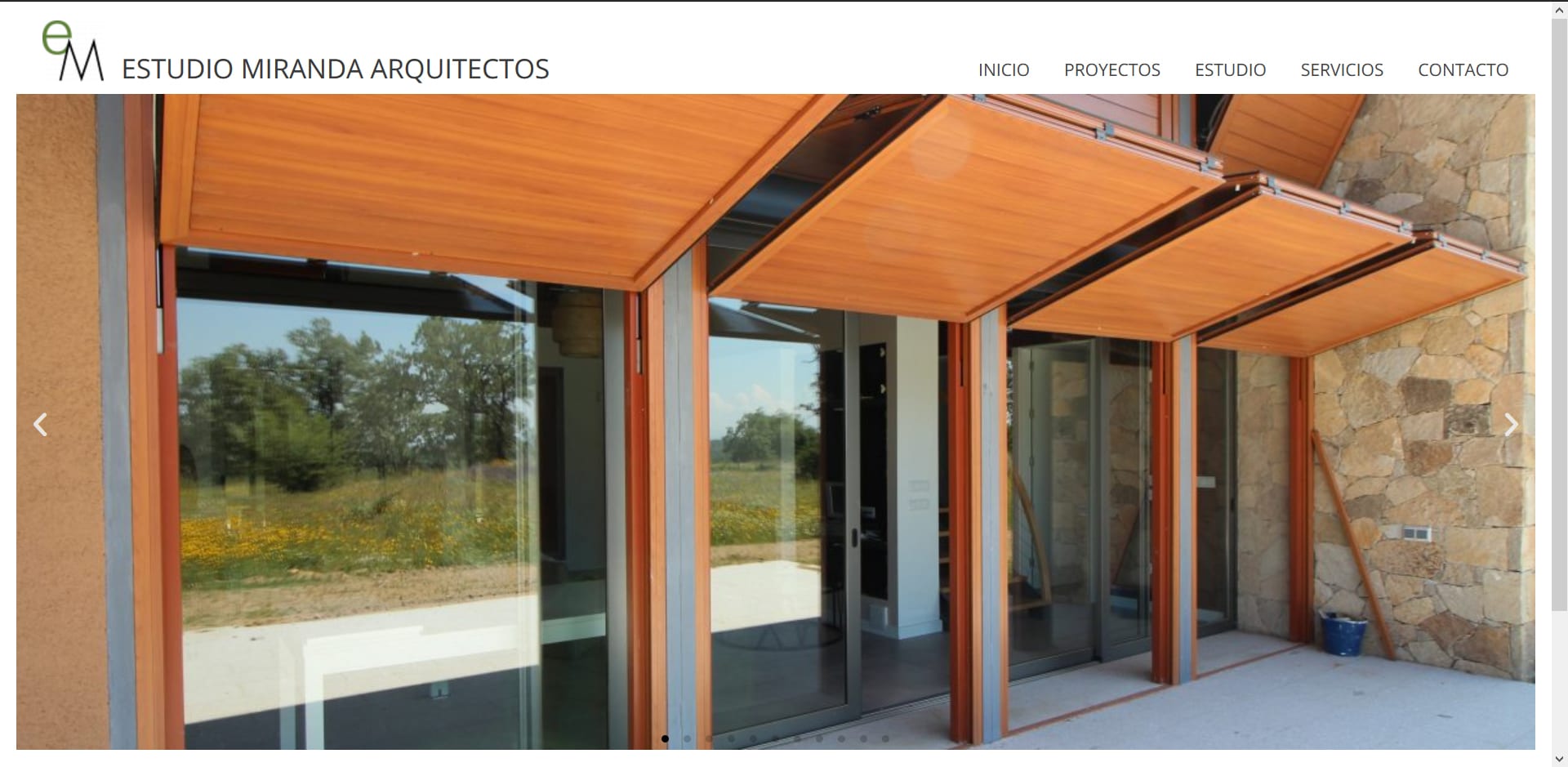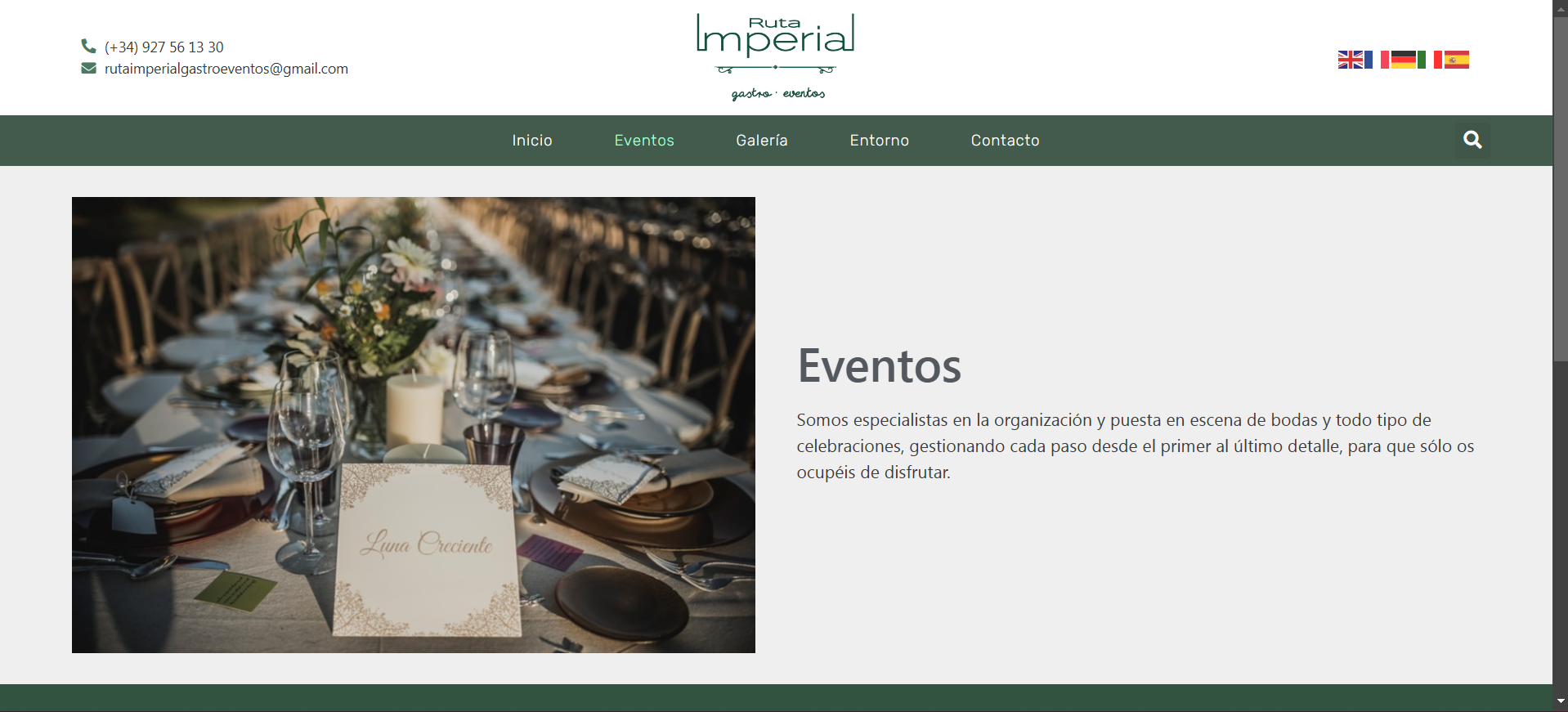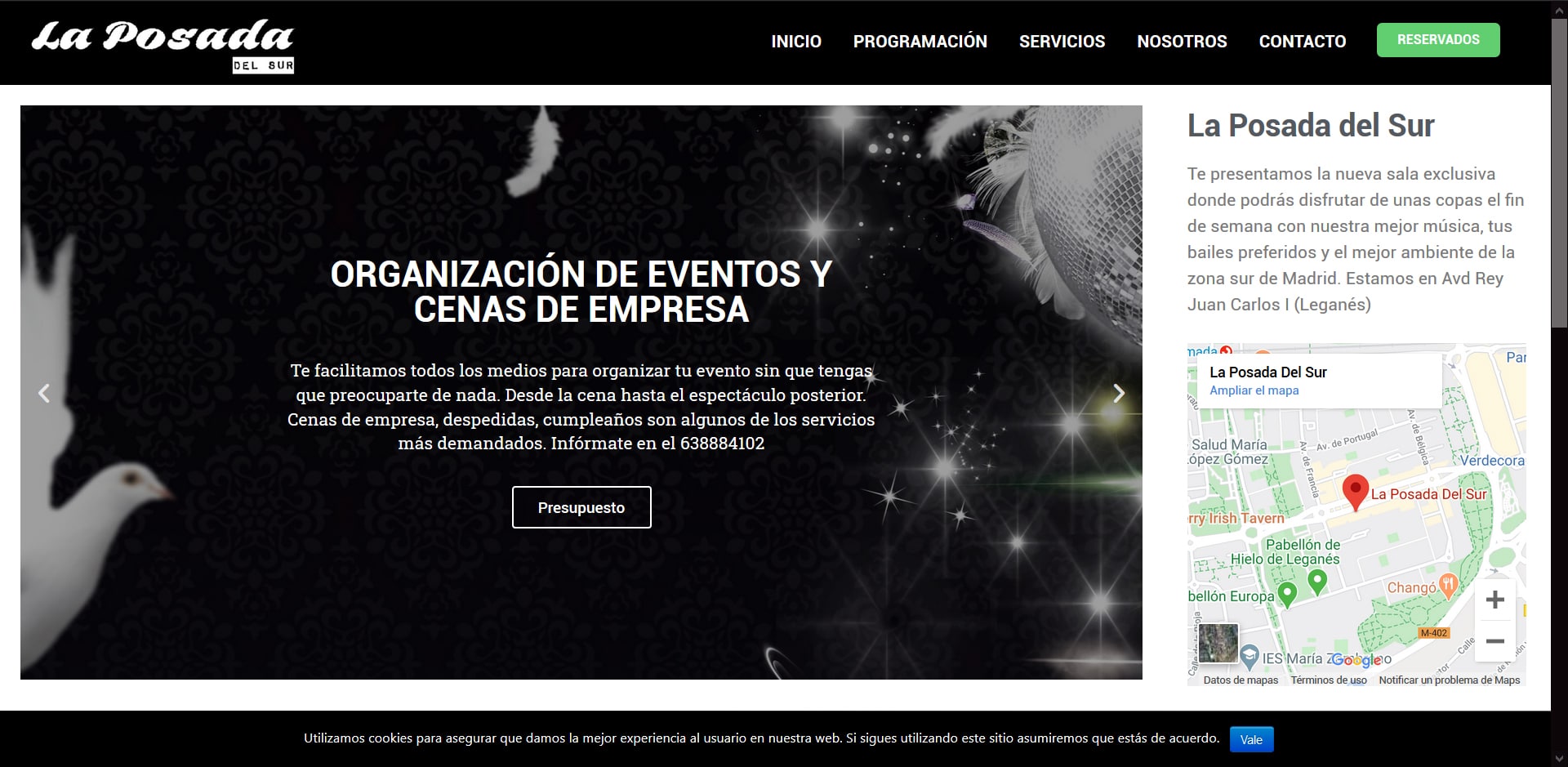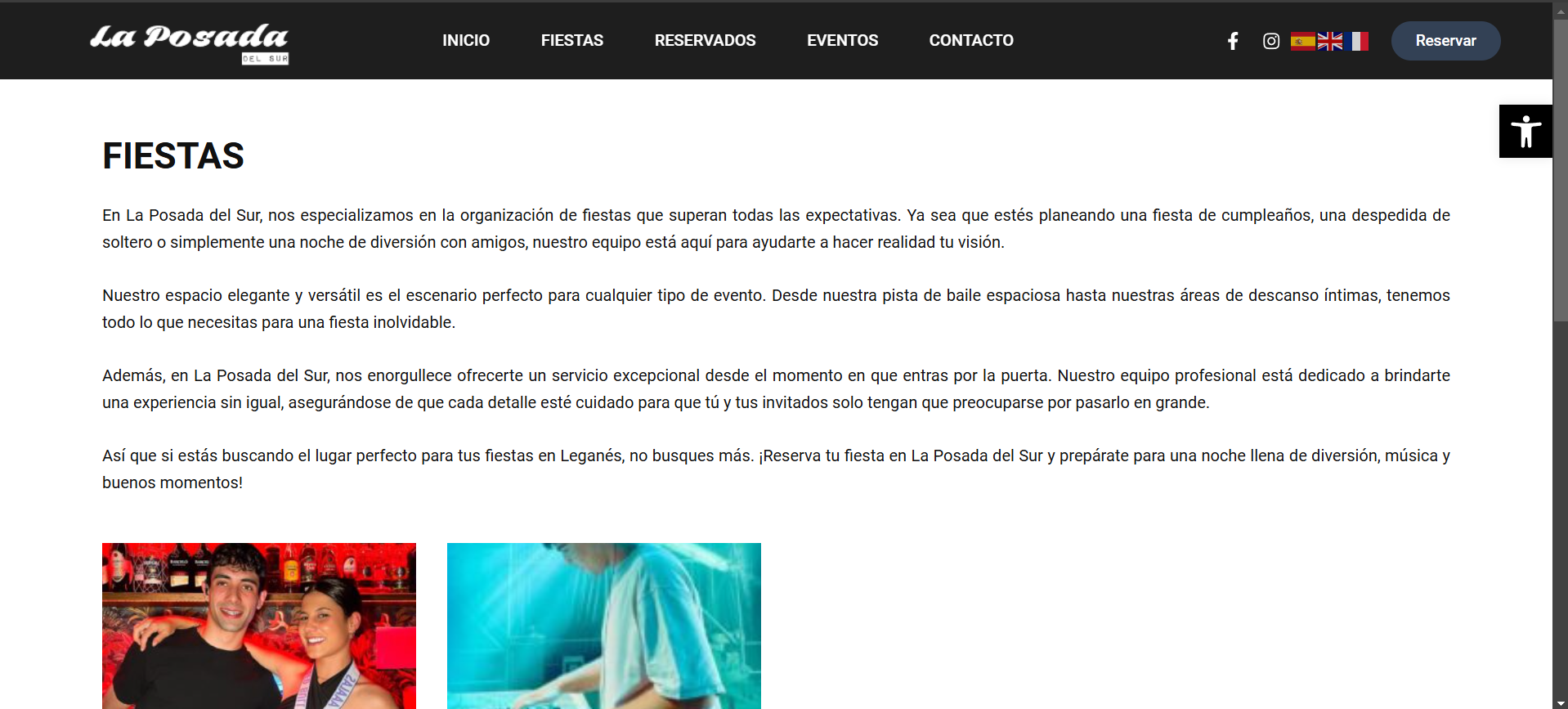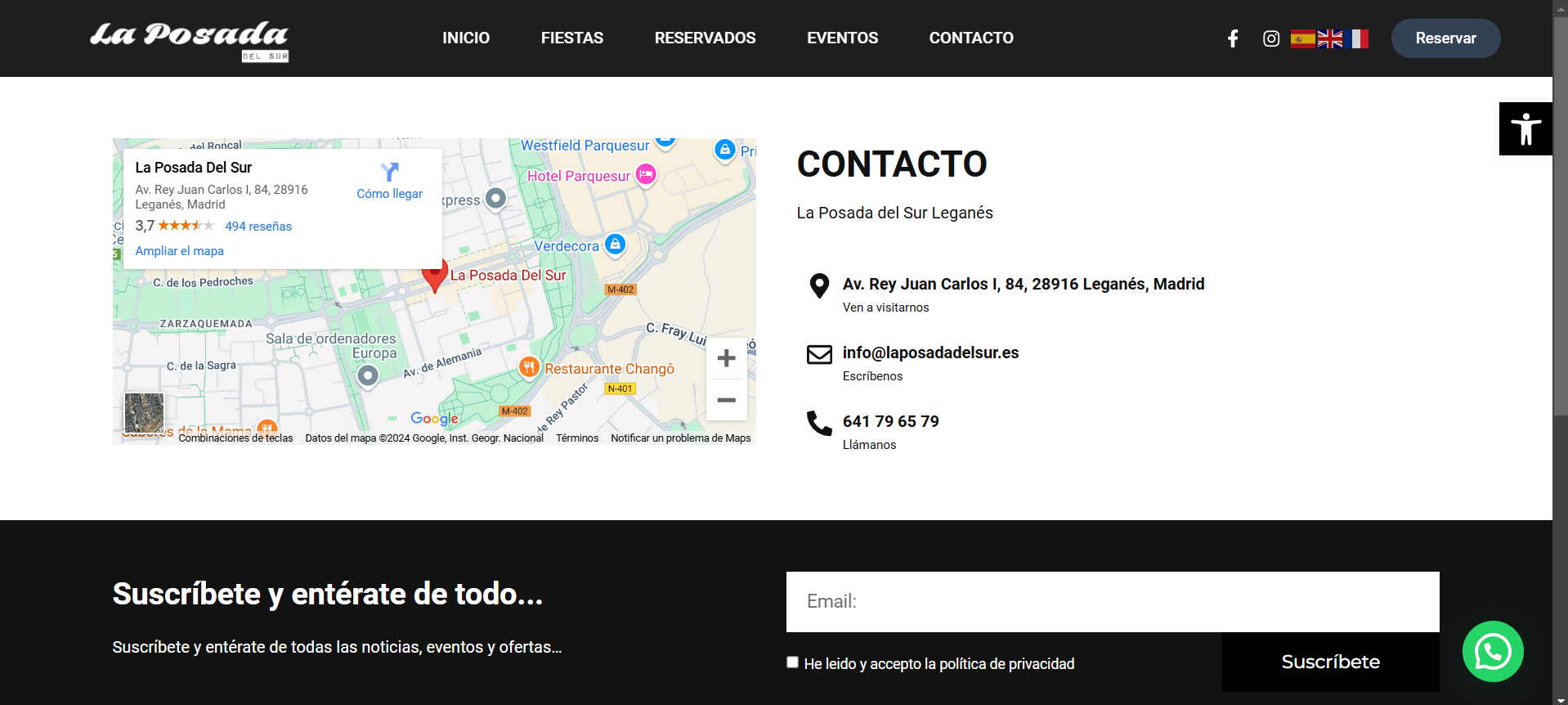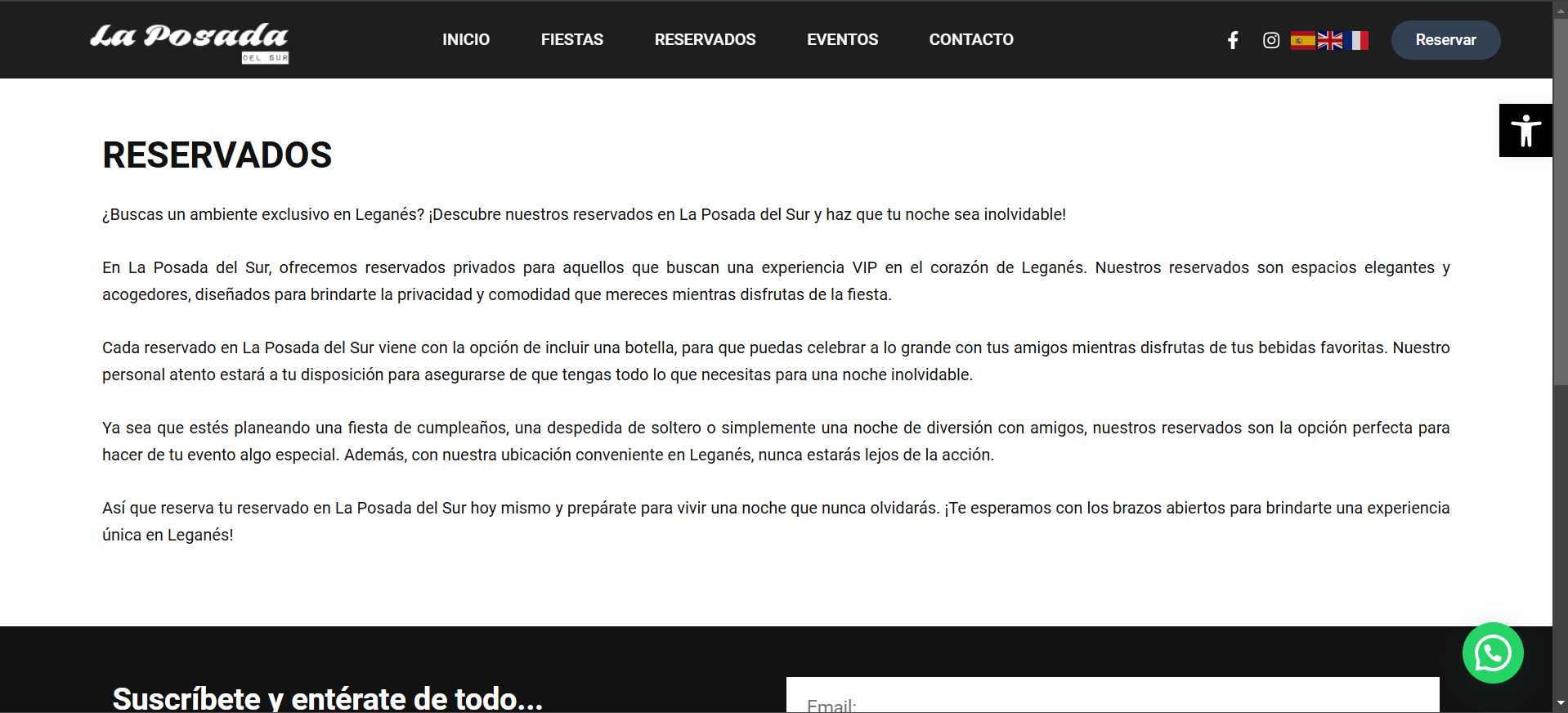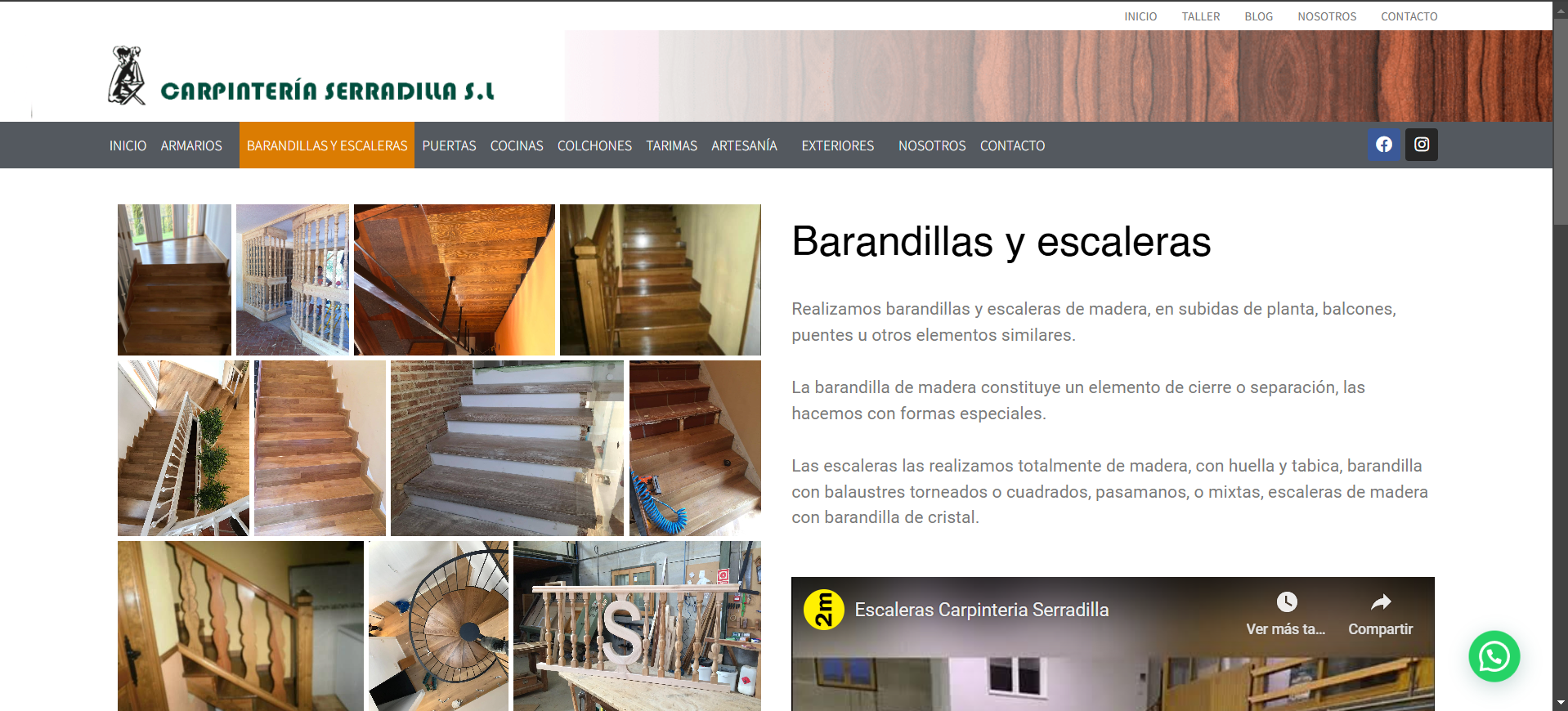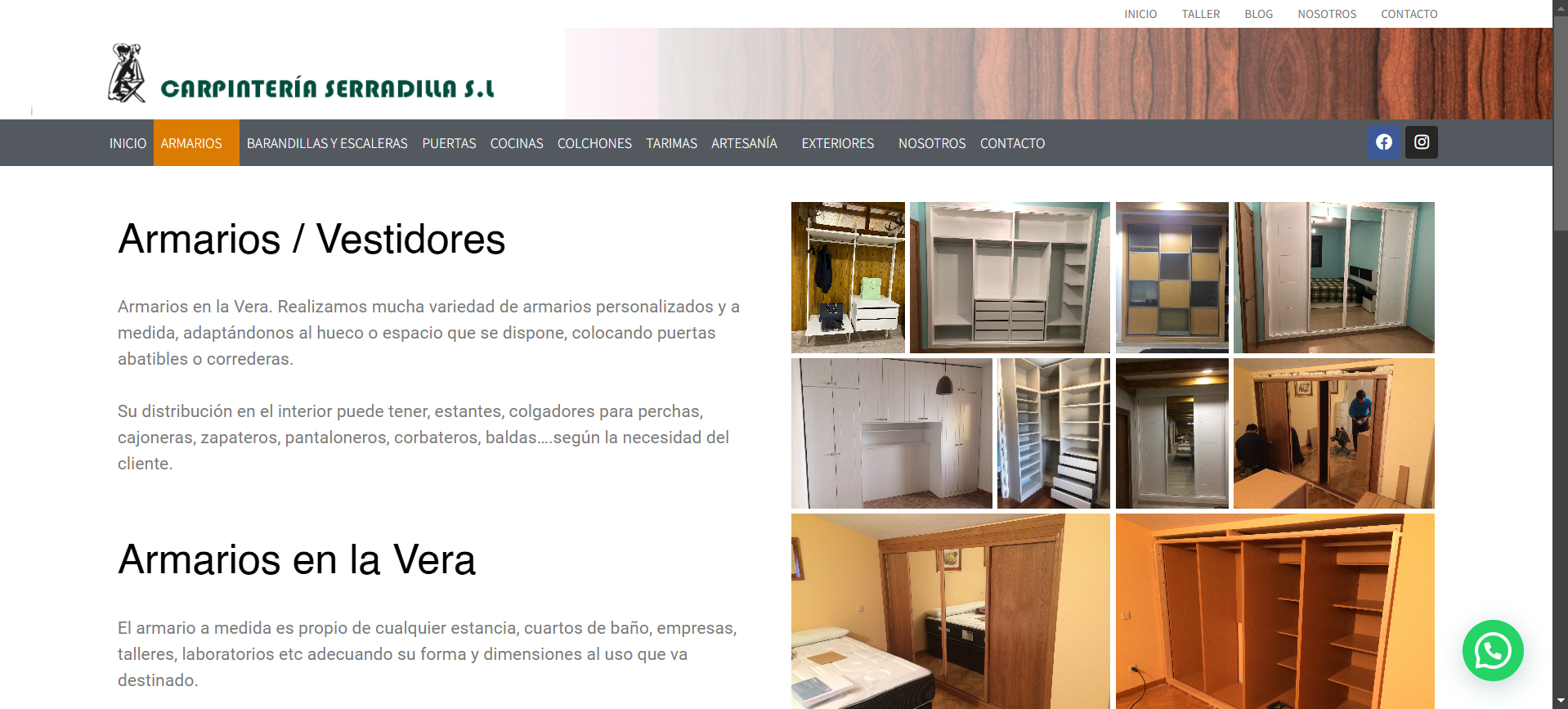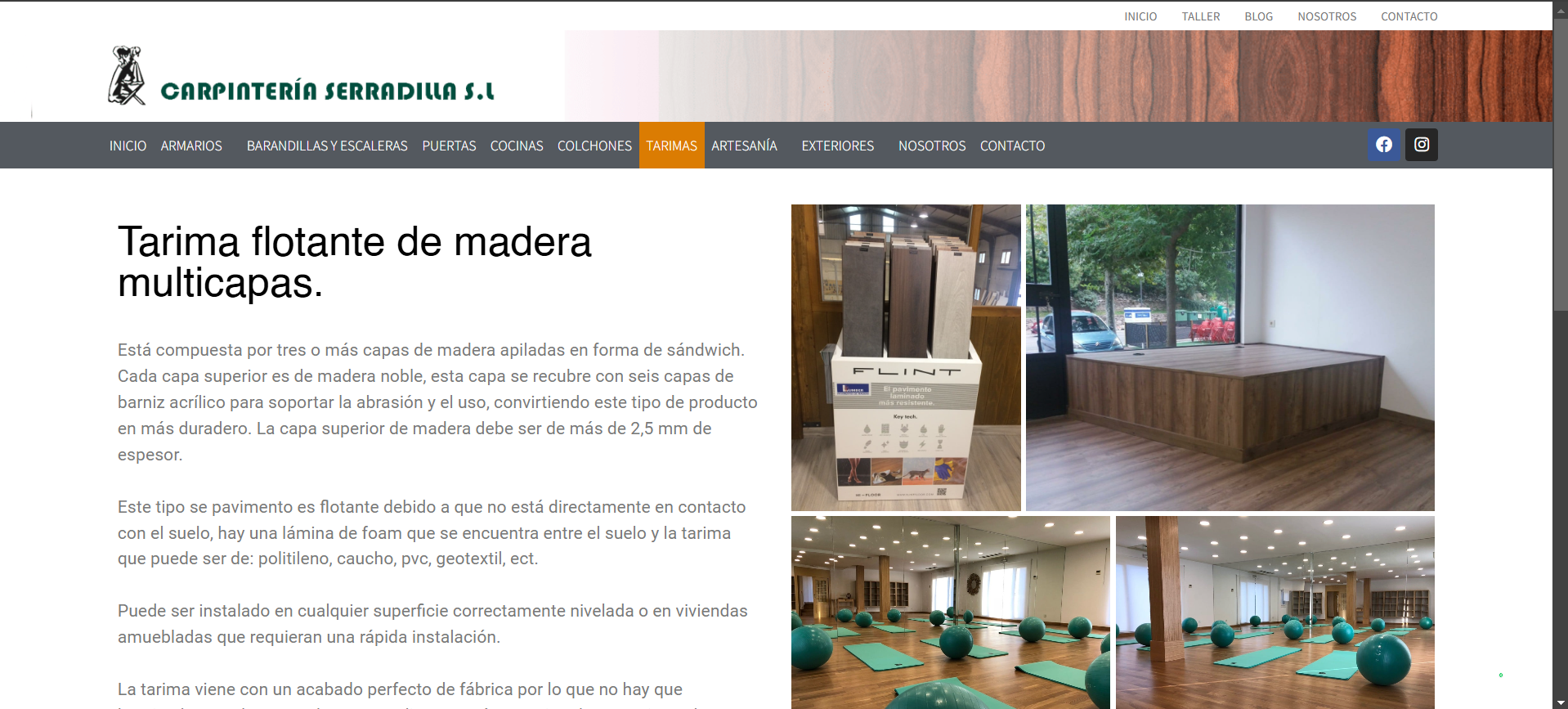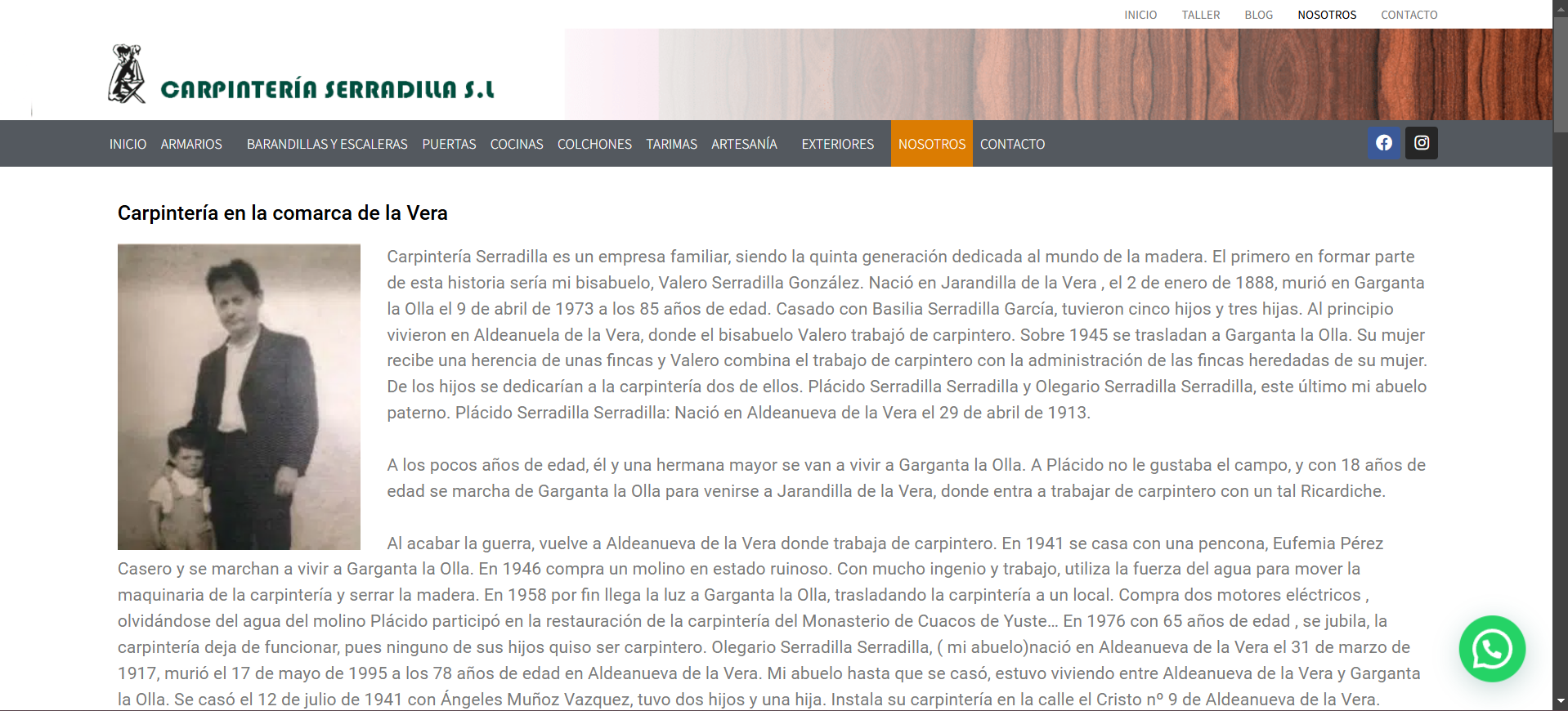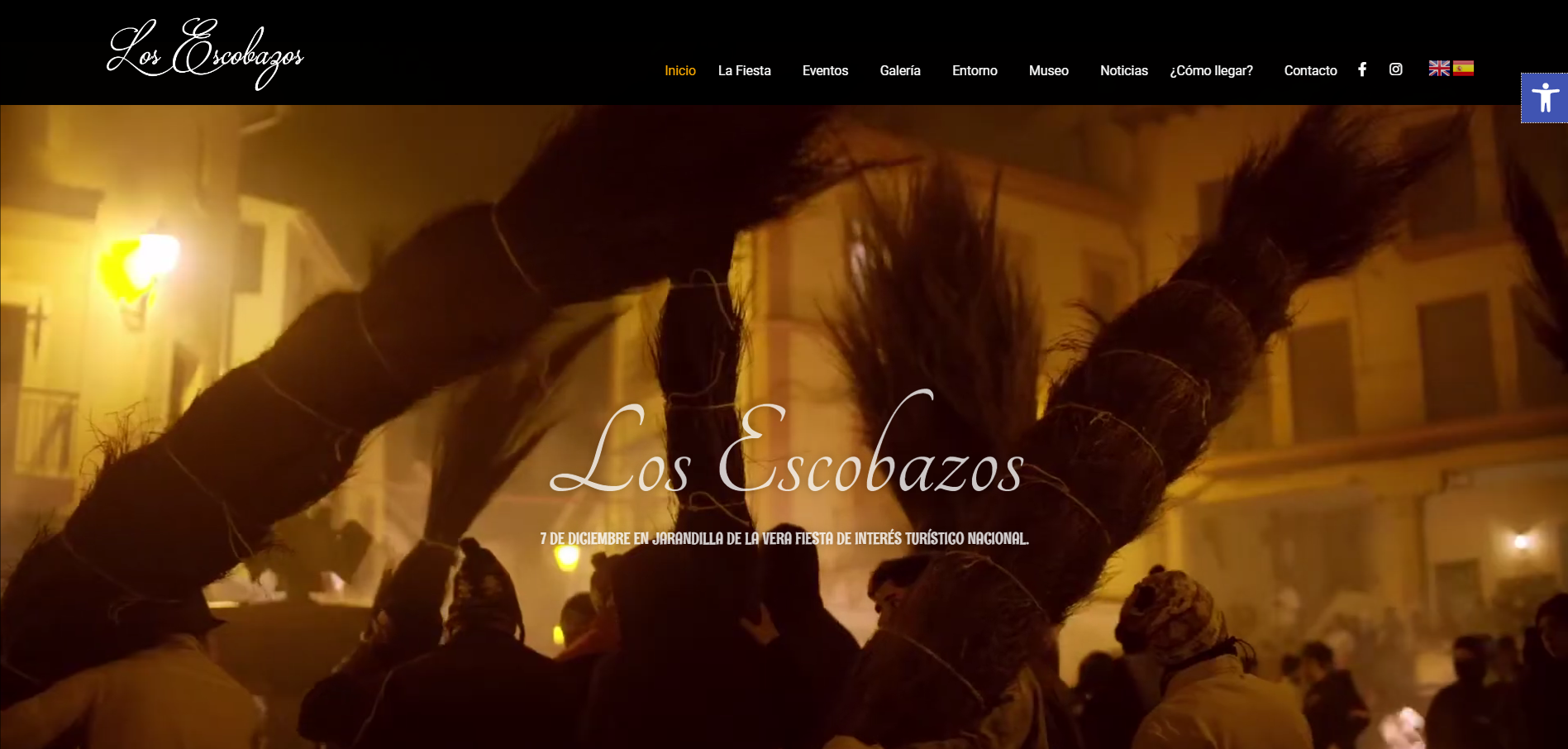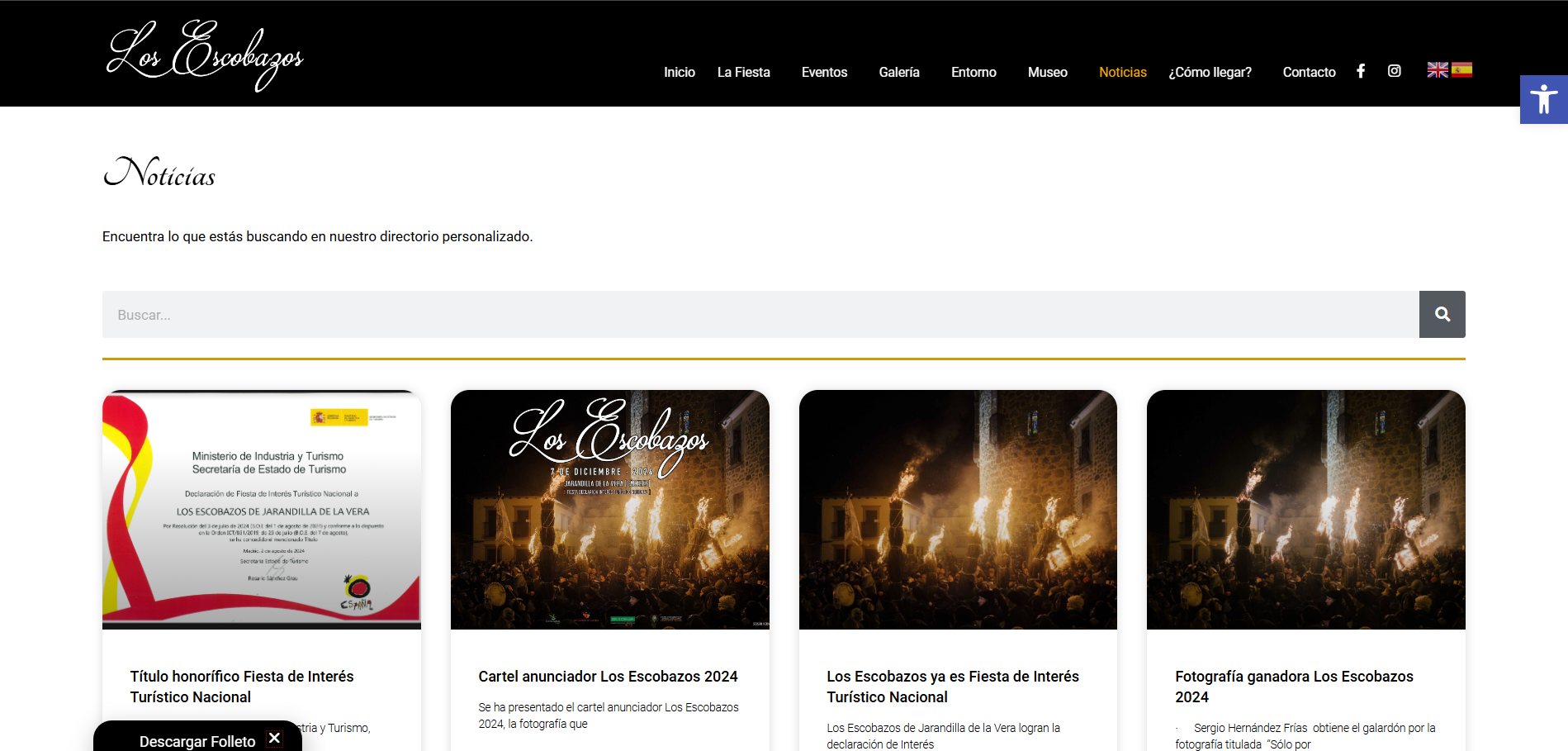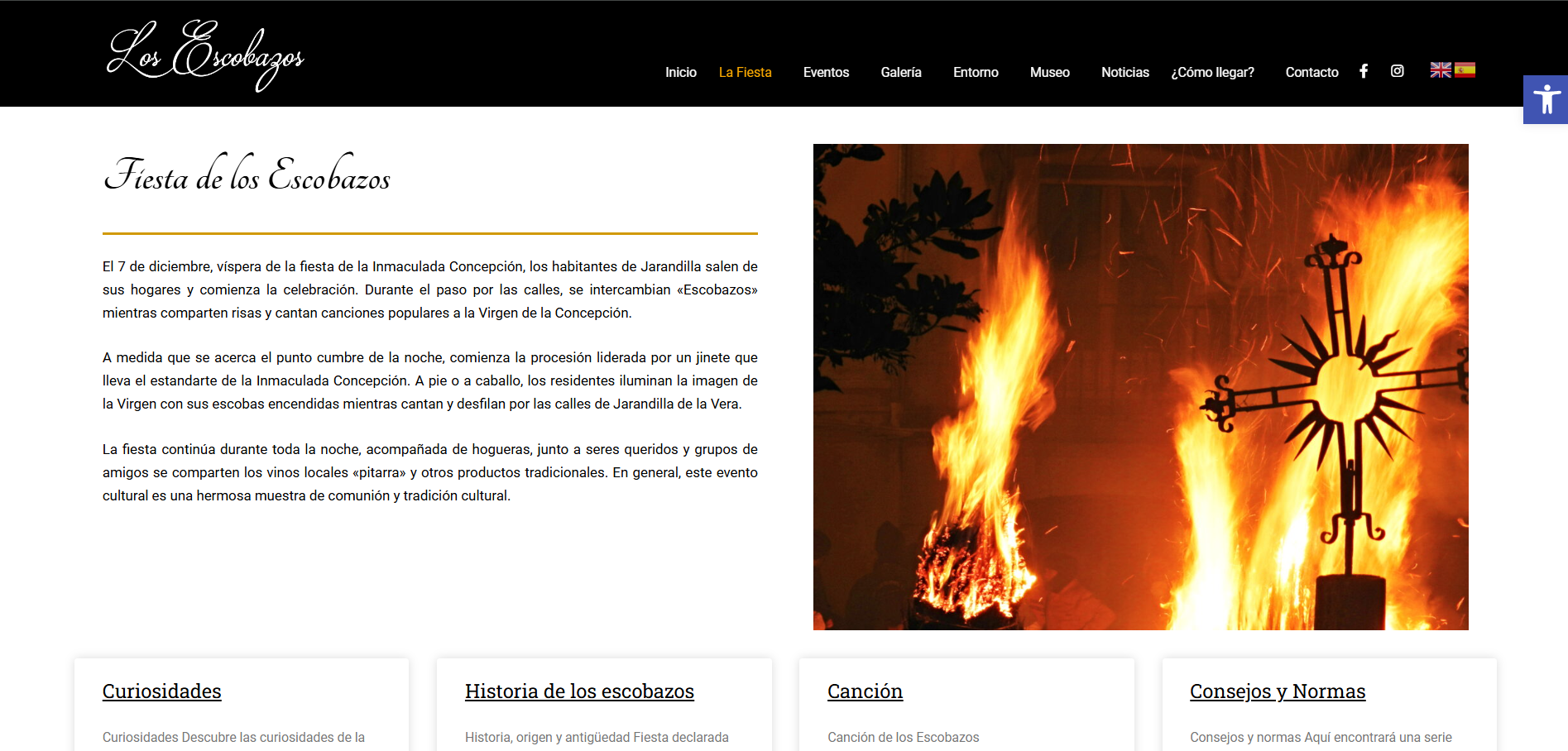Whoa, this matters.
I’ve been thinking about NFC smart cards for a while now.
They fit in your wallet and act like a tiny vault.
Initially I thought they were a gimmick, but having tested several devices and walked through threat models, I changed my mind.
On one hand NFC introduces a proximity factor that can be both convenience and risk, though actually it’s the implementation details that decide the outcome for real users.
Really? This is more practical than it sounds.
Tap to sign, no cable, no dongle, no fumbling with cords in an airport lounge.
Set aside the marketing copy for a sec and you begin to see why people who travel or commute love this form factor.
My instinct said the card would be fragile, but a few drops and a subway ride later, it’s still fine, so durability surprised me.
Also—somethin’ about holding a tiny piece of hardware that contains your key just feels cleaner than carrying a phone app that might have malware.
Hmm… here’s the thing.
Security is not just about where the key lives; it’s also about how it can be accessed and recovered.
Smart cards often use secure elements that isolate private keys from the host device, which is a fundamental win for threat containment.
That isolation becomes crucial when you’re connecting to random public Wi‑Fi or plugging into shared laptops, because the attack surface is reduced in a measurable way.
Yet, no silver bullets: the backup and recovery story for card-based keys forces tradeoffs that users must understand, or they’ll be in trouble down the line.
Whoa—this part bugs me.
Most wallets assume you can write down 24 words and store them somewhere safe, but people don’t operate like that in real life.
Paper gets lost, phones get stolen, and siblings inherit attics with boxes of notes nobody reads until it’s too late.
So if a card stores a key and you destroy that card without a robust recovery plan, you’re toast—seriously, gone for good in some cases.
However, the best card solutions let you derive keys from seeds and support multi-device recovery strategies, though you must configure them deliberately and not rely on default setups.
Okay, check this out—
NFC cards use short range radio, typically a few centimeters, which adds a human-scale control point to signing operations.
You physically tap or bring your card near a reader, and that small gesture becomes part of the security UX; people get it intuitively.
That tactile element lowers social-engineering risk because a malicious remote actor can’t sign transactions without physical proximity and, depending on the card, often a PIN or biometric gate.
Still, that proximity can be abused if attackers use covert readers in crowded places, so it’s not enough to rely on proximity alone; detectors and user vigilance matter too.
Really—this is where my view sharpened.
Initially I assumed NFC wallets were just ergonomic improvements for the wealthy casual user.
But after testing devices in coffee shops, airports, and coworking spaces I saw patterns where NFC reduced accidental key exposure compared with seed phrases left on devices.
On the flip side, I noticed firmware and vendor support vary wildly, and that inconsistency is the single biggest operational risk in this category.
So choose vendors carefully; reputation and update cadence are very very important when firmware bugs can leak secrets or break recovery paths.
Hmm.
Threat modeling matters a lot here; your adversary could be a bored script kiddie or a targeted state actor.
For casual users, accidental leakage and poor backup practices are the dominant threats, while for high-value holders supply-chain and firmware attacks become significant.
Practically speaking, a layered approach that includes a secure element, signed firmware, open security audits, and a sane recovery scheme reduces risk substantially, though nothing is 100% foolproof.
I’m biased toward solutions that publish audits and provide verifiable recovery steps, because transparency correlates with fewer surprises down the road.
Whoa—security theater is real.
Some devices brag about «military grade» encryption and then ship with closed-source firmware and obscure recovery methods.
That’s a red flag to me, since real security benefits from scrutiny and clear procedures more than buzzwords engraved on a box.
Also, the community matters; active developer and user communities find issues faster and push vendors to patch quickly, which is a practical advantage you can’t ignore.
So weigh community health like you weigh battery life or price—it’s an operational security metric in disguise.

How a smart card wallet actually protects your private keys
Here’s the thing.
In a smart-card wallet the private key never leaves the secure element, and signing happens internally after you authorize the action with a PIN or biometric signal.
That separation means even if your phone is fully compromised, attackers can’t extract the private key by reading memory or hooking into the OS, because the key operations happen inside tamper-resistant hardware.
For practical examples and a solid product to try, consider the tangem hardware wallet if you’re curious about a card-style approach that balances convenience with strong isolation.
I’m not 100% sure every feature will match your needs out of the box, but it’s a good real-world starting point to evaluate how these tradeoffs feel in daily use.
Really? Recovery again.
Most smart-card solutions support seed exports or split-key recovery using Shamir’s Secret Sharing, which is conceptually sound.
But implementational mistakes are common: unclear UX, single point failures, or hidden «service recovery» that requires trusting a third party.
So look for vendors that let you own your recovery without opaque custodial processes, and test the recovery flow before you deposit significant funds.
Also test partial recovery and cold storage restorations, because you want practice doing it under stress, not for the first time during a bank-level panic.
Whoa, small tangent.
A lot of nerds argue endlessly about EAL certifications and chips and such, and yeah those metrics matter to a baseline degree.
But certification without fast patching or responsible disclosure is like locking your front door but leaving the windows wide open.
So prefer devices that combine solid hardware with living software support and a clear vulnerability reporting program, because the real world is messy and things break.
Also—oh, and by the way—customer support responsiveness has saved me more than once after a firmware hiccup, so don’t ignore it.
Hmm—usability tradeoffs again.
If it’s too hard to use, people find shortcuts and defeat the purpose of the security model.
Cards that require a clunky app or obfuscated steps push users to copy seeds to cloud notes or take photos, which is exactly what we don’t want.
Design matters: clear prompts, reliable NFC handoff, and straightforward recovery guidance reduce risky workarounds and improve overall safety for normal people.
I’ll be honest: the best products make the safe path the easiest path, and that is where behavior meets engineering in a good way.
Wow, perspective shift.
On one hand the small, pocketable form factor democratizes secure storage for everyday users.
On the other, institutional holders and very high-value users will still use multi-signature HSMs and air-gapped setups for extra layers of defense.
So for many folks, especially those who travel or favor simplicity, smart-card wallets strike a compelling balance between practicality and cryptographic safety, though you should tailor your approach to your threat model.
In short, smart-card wallets aren’t the perfect endgame, but for a broad slice of users they’re an upgrade from seed-in-a-note and a more usable alternative to bulky cold boxes.
FAQ
Are NFC smart cards safe against remote attackers?
Short answer: generally yes for most common threats, because NFC requires physical proximity and the private key remains inside the secure element, but you should still use PINs, verify firmware signing, and practice secure recovery methods to mitigate supply-chain or local skimming risks.
What happens if I lose my card?
You need a tested recovery plan—either a seed backup, Shamir shares, or another approved recovery mechanism; assume loss is possible and prepare before you move significant funds, because recovery after loss without prepared backups is often impossible.









